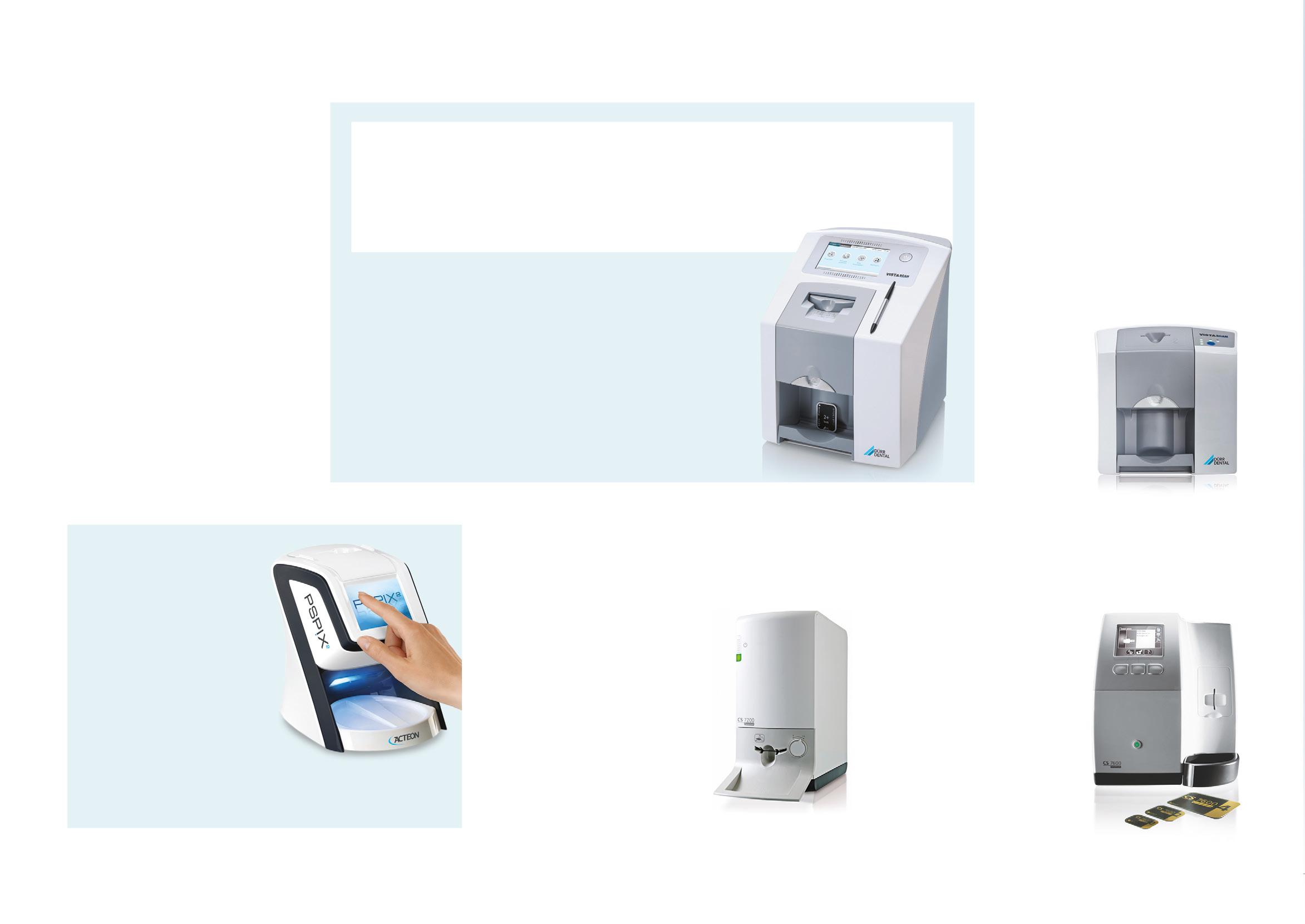
1 minute read
Intraoral camera imaging
Available as a 2D or 3D unit
Ceph option now available
Advertisement
X-MIND Prime
X-MIND® Prime offers a full set of panoramic exams, tailored to meet all your clinical applications: dental panoramic, temporomandibular joints and sinuses.
X-MIND Prime combines 2D and 3D technologies. Using a single sensor, the practitioner can quickly and easily switch between modes. With 24 panoramic and 32 CBCT options, X-MIND Prime covers many clinical applications including implantology, endodontics, TMJ and sinus imaging. Practitioners can also scan 3D objects, such as stone models and impression materials, opening a whole range of new possibilities.
Benefits at a glance
• Wall-mounted design takes up zero floor space. • Improved diagnosis with high-resolution images. • Error-free patient positioning with automated chin rest support recognition.
X-MIND TRIUM
The outstanding visualisation for the most demanding results. ACTEON® presents its NEW X-MIND® TRIUM panoramic dental unit which can be upgraded to 3D (CBCT) and/or cephalometry.
Click here to view the video
Available as a 3D unit only
Benefits at a glance
• X-MIND® TRIUM is equipped with an acquisition and reconstruction algorithm which ensures a perfectly uniform and high quality image on all visual axes. • ACTEON Imaging Suite offers advanced functionalities and an intuitive mouse-enabled navigation experience. • X-MIND TRIUM is a key tool for treatment planning and post-procedure follow-up. • Fully comprehensive view of the patient’s arch. • NEW True Low Dose feature enables up to 50% less radiation exposure but with no loss of image quality and accuracy.
Main characteristics
NEW True Low Dose for up to 50% less radiation exposure A full 360º rotation
Image precision of 75 Micrometres 4 FOV
The main benefit of my X-MIND TRIUM “
CBCT is the ease of implant planning. Thanks to the report I can quickly and simply explain to my patients the treatment I recommend and
they accept it. Dr Diyari Abdah ”







